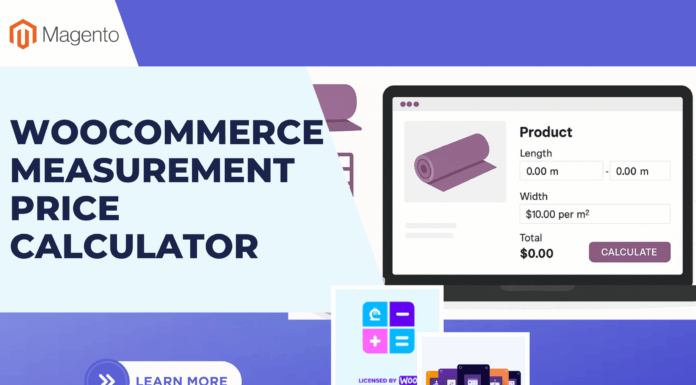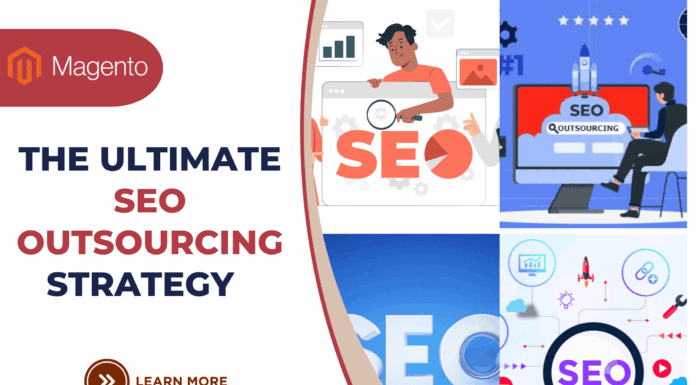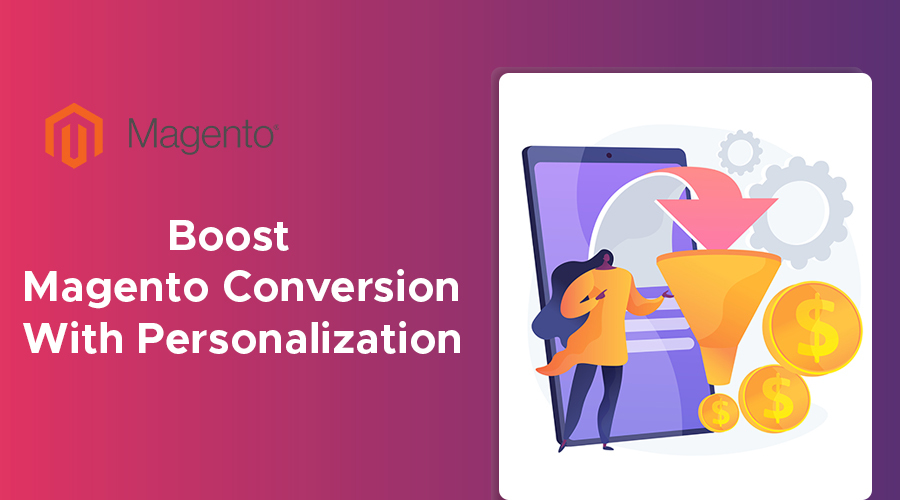
Today, Magento is one of the leading platforms for e-commerce with a variety of capabilities available at the fingertips for any seller to use. But even though you get so many features to choose from, it’s the way you use them that truly matters.
Obviously, boosting conversions is one of the primary goals for any online store owner and one of the best ways to do this is through personalization. Hence, here are the five tips to boost Magento conversion with personalization.
Table of Contents
#1 Target Audience Segmentation
First and foremost, you need to start with target audience segmentation. This is perhaps the most obvious route to go and you’ve probably done a fair share of it already. Yet, there’s not enough stressing just how essential it is for boosting your conversions – if done right, that is.
Segmentation allows you to target specific groups within your audience and, therefore, improve the results of your campaigns. Magento allows you to track the behaviors of your site visitors and customers. Once you collect this data, you then need to analyze it and use it to segment your target audience. Every new action or preference should be tracked and used.
For segmentation, start with the basics like gender, age, location, etc. Then, use behavioral data like returning sessions and search history. It’s also a good idea to narrow down to your own industry or niche and use relevant data from it (e.g. fashion – style preferences).
Now that you have all this data for your segments, you can use it in different ways for each customer group. For example, location data can be used to run location-specific offers in the regions where most of your sales happen.
#2 Product Recommendations

While product recommendations are directly related to your target audience segmentation, it’s still worth noting that product recommendation play a specific role of their own. How well your recommendations work depends on how specific and accurate your segmentation is. How many sales you make depends on how good your recommendations are.
When it comes to product recommendations, you need to start small. For each product page, always list related products. Based on the person’s search history, the products in this related section could also change. You can also use their shopping cart data and purchase history if there is any.
After adding the related products section to product pages, you can also add one to the home page. You can also upsell and cross-sell products this way as well as on the product pages. In addition to that, promote the best-selling products in different categories to the different segments of your audience (this can be done in the related products section and in customized push notifications and emails).
#3 UX and UI
Though using different marketing and sales techniques is crucial for improving your conversions, you should also think about your store itself. From setting up relevant keywords in your niche (e.g. “write my term paper” for academic writing services or “pink fluffy sleepers” for fashion stores) to adding meta tags – there’s a lot of SEO in this. However, there’s also UX and UI to think about.
User experience and user interface will directly impact the way your customer perceives your brand. If they have a good experience, there will be more chances that they actually make a purchase. In fact, they might even return to your store and buy something else. This is exactly why you should dedicate special attention to your UX and UI.
Work on your search and navigation functions. Your customers should be able to find relevant products easily (as well as any other information they need). Filters, advanced keyword search, etc. should all be set up and tested to work properly.
To let your returning customers make purchases quickly and easily, show them their past activity. When they get to your home page, show them the products they viewed and purchased the previous times.
Moreover, you can go as far as to customizing and personalizing your pop-ups. Don’t go overboard with them, of course (because this can annoy your potential customers). Yet, try to use different personalization techniques with them as well.
After you set up everything properly, make sure that it all works for any type of device your site visitors may be using. If something works on a laptop, it should also work on a smartphone or a tablet. Otherwise, you could end up losing potential customers.
#4 Email and Social Media
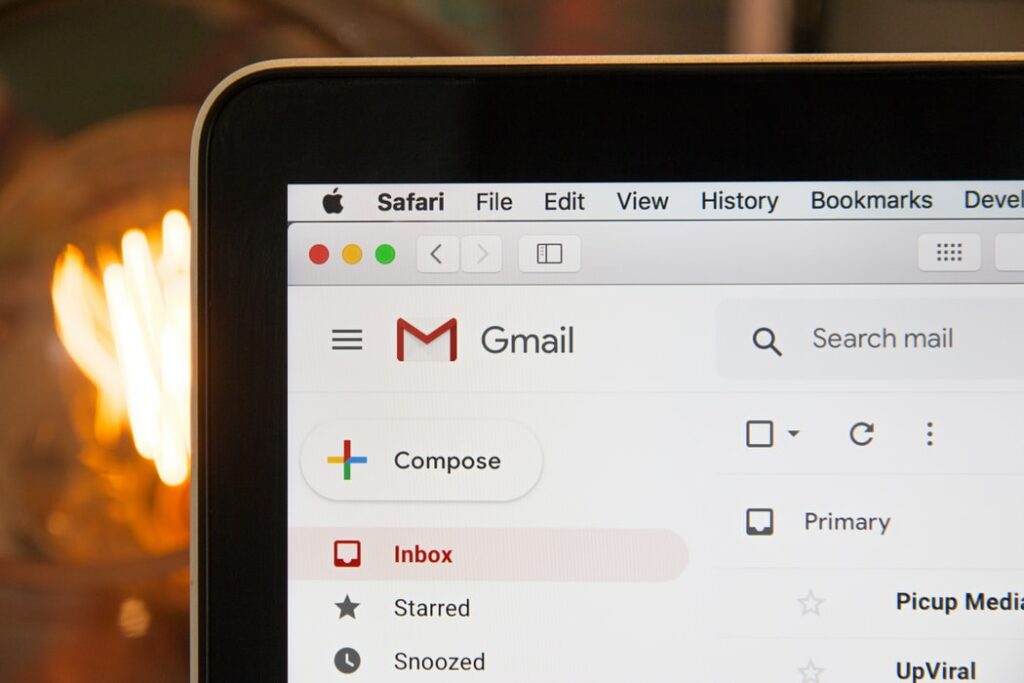
It’s true that you need to work on your Magento store a lot to boost your conversions. However, this doesn’t mean that all of your efforts need to be concentrated solely on it. On the contrary, you should expand your strategy to include email and social media marketing for better results.
Set up a schedule for all your email and social media activity that will work together with your ad campaigns and anything else happening on your website. Send out emails regularly to remind your customers about their abandoned carts, inform them about hot products, and invite them to make purchases during holiday sales.
At the same time, social media can help you develop your customer relationships and create a certain brand for your store. Interact with customers regularly, use UGC in your social media strategy, and direct traffic to your store.
#5 Special Perks
Last but not least, to truly make your store stand out, you need to provide your audience with a unique experience. This needs to be reflected in everything you do – and especially your Magento store itself. By offering special perks to your customers, you will not only attract new clients but also encourage old ones to come back for more.
A loyalty program can be at the core of it all. Offer rewards to your customers in the form of discounts, special offers, gifts, coupon codes, and more. You can also introduce an affiliate program for particularly active and loyal customers.
Another interesting practice to try is smart shopping. To put it simply, you automatically offer discounts to customers if they have met a certain set of conditions. For instance, when they add particular products to their cart and get to check out, you can surprise them by offering free shipping or adding another related product to their purchase for free.
Final Thoughts
To sum up, personalization is by far one of the most multi-layered yet extremely effective ways for boosting your Magento conversions. The important thing to remember, however, is that you should use the right practices to help you achieve the milestones you set out to pursue.
Use the tips in this article to help you significantly improve your Magento conversions. Create a strategy and experiment before you find what works the best specifically for your store and your business strategy.
About the author
Nancy P. Howard has been working as a journalist at the online magazine in London for a year. She is also a professional writer in such topics as blogging, SEO and marketing.
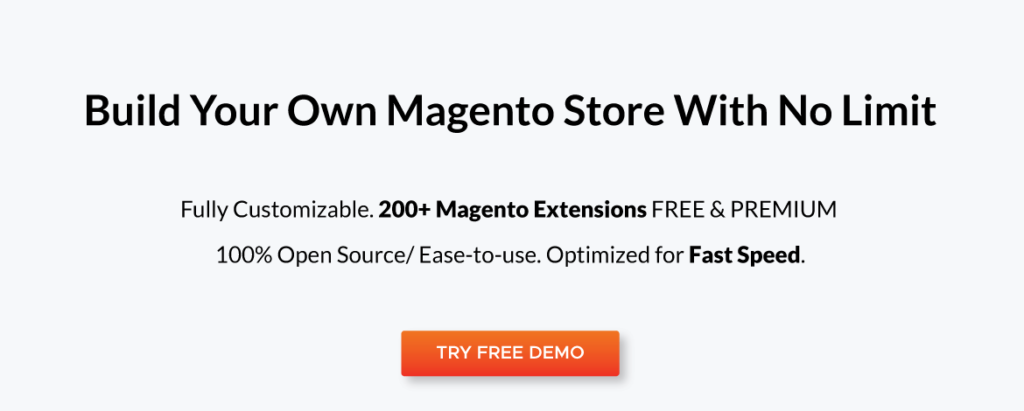











![[SALE OFF] Discount 30% All Premium Extensions On Christmas And New Year 2025 christmas-and-new-year-2025](https://landofcoder.b-cdn.net/wp-content/uploads/2024/12/christmas-and-new-year-2025-1-218x150.png)





